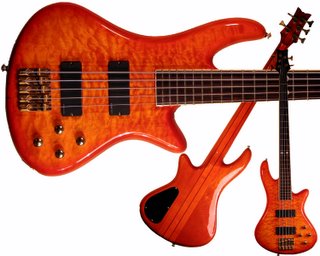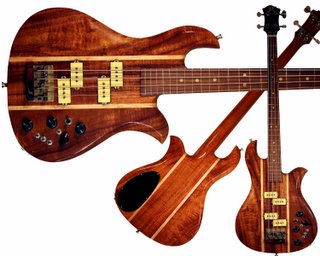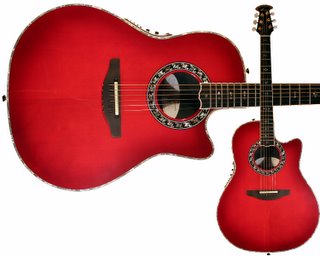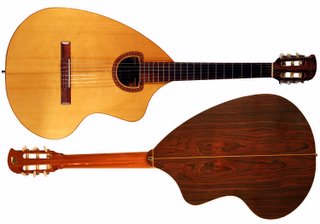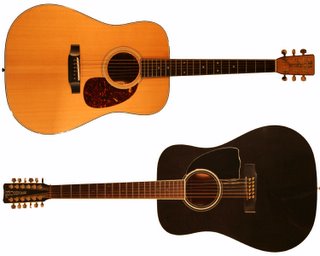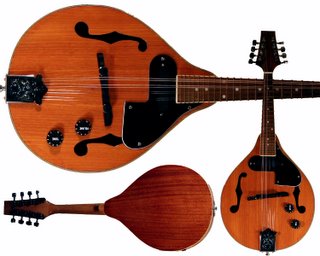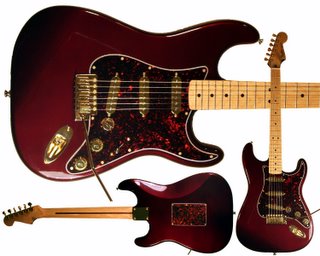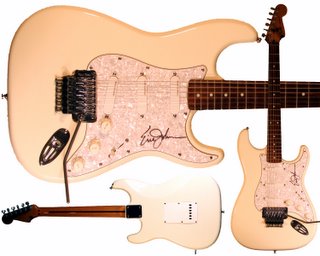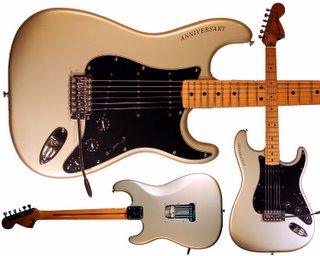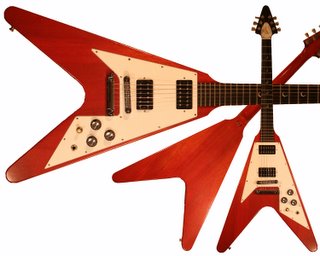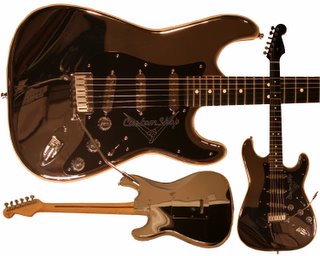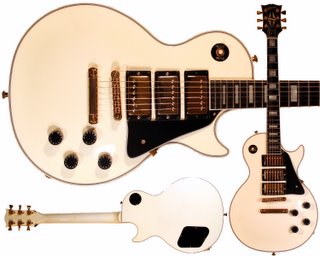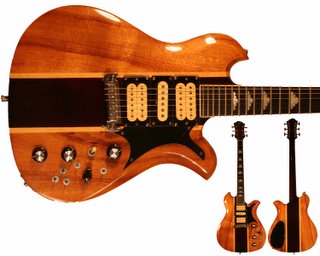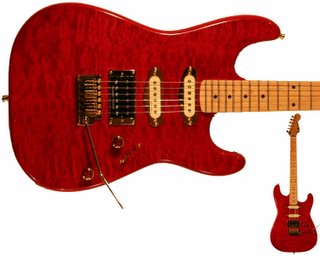Education, and the Decline of American Civilization
Generally speaking, the wealth and success of a nation depends on its ability to outperform its competitors. To design and build better products. To solve technical and social problems. To find solutions to resource problems and constraints. To work smarter and more efficiently and more productively.
This means that the better educated that a country is, the better its chances are to thrive and survive in the increasingly competitive world of today. A few decades ago, the number of developed, industrialized nations was small. Now, that has changed significantly. As an example, Korea was pretty much a third world country 20 years ago. But now, they have the highest education level in the world, and their products rival those of any other nation in the world. J.D. Power says that Korean cars are now probably the highest quality cars made in the world – and they offer 10 year warrantees to prove it. (If they were of lesser quality, the manufacturers Kia and Hyundai would become bankrupt trying to maintain the cars through that many years) Korea has now become one of the three countries in the world that loans the US most of it’s capital. Korea, China, and Japan loan the US close to a trillion dollars per year.
And it’s not just Korea, of course. According to various articles I’ve read, roughly half the IT and help desk jobs in America from pre-Y2K have now been either eliminated by the recession or outsourced to India. With it’s population of over 1.1 billion people, and the high degree of education available, and the large pool of talented, educated workers at comparatively low prices, India has become a haven for employers seeking to lower their labor costs in order to remain competitive.
And China is the giant. No one knows how many people there are in China. Certainly FAR more than the 1.3 billion reported in the 10 year census which ended in 2000. Their economy has grown in leaps and bounds as most manufacturing and now the related design work as well, has been outsourced there. The most modern cities with the most modern buildings and technology all seem to be in that region now. Chungchai city has a population of 33,000,000 people. Roughly equal to the entire population of Canada.
Last year, China graduated over 3,000,000 engineers. India graduated over 1,500,000 engineers. By comparison, the US graduated only 70,000, and of those, half were foreign students and they will not be staying here to find work. So at this rate, over the past 10 years, we have accumulated approximately 350,000 new engineers compared to China’s 30,000,000, and India’s 15,000,000. Not to mention Korea’s, Indonesia’s, Malaysia’s, Singapore’s, etc.
The US, far from being the leader in technology and engineering anymore, now has less than 1% of the engineers being produced just among southeast Asian countries. And that doesn’t even count all of Europe, or the rest of the world. Where do you suppose that places us competitively?
Things have certainly changed. We used to lead the world in most things. Now we can’t even keep up to the main crowd anymore.
With this in mind, you’d think American educational institutions would be pulling out all the stops to bring us up to speed – to save our competitiveness, our standing in the world, to save the economy – even to help preserve our culture. Well, the scorecard doesn’t look so good.
According to international rankings, as reported in the New York Times last year, the US is 49th in the world for education despite the fact that we spend more on education that any other country. This means that virtually ALL other developed nations are ahead of us in education.
How bad is it? Well, let’s take a look at a recent test of college graduates. Many tests over the years have targeted high school students while in the midst of the education process. Their lack of progress was always disturbing, but it was always thought that that simply meant that they would have more ground to catch up when they got to college. Well, this national study targeted actual college graduates. These people are done with school. This is the final product. Let’s take a look:
The recent literacy study funded by the Pew Charitable Trusts, the first to target the skills of actual graduating students, found that students fail to learn key skills, regardless of their field of study.
Specifically, they found that more than half of all graduating 4-year degree graduates and more than 75% of 2-year degree graduates lacked the basic literacy and comprehension skills to allow them to be able to read and understand an average credit card application form. More than half of graduating college degree students lack the necessary basic arithmetic skills to perform even simple tasks such as calculating the distance one can drive their car on the gas remaining in the tank, and determining if that is far enough to get them to the next gas station. Many could not find a location on a map.
I had also read years ago that more than 40% of Americans think that New England is a state, and that New Mexico is part of Mexico.
My daughter is almost 16, and she is just now FINALLY taking one single class in world history. All through the education system, she has taken US and Texas history exclusively. These subjects are useless to most adults.
It’s not that young people are stupid – it’s just that we are training them to be hyper-consumers with short attention spans, and NOT training them to be educated, intelligent, knowledgeable people, prepared to take on the world.
For the past half a century, we have been 4.3% of the world’s population using up 26% of the world’s oil supply and over 40% of the world’s other resources. It was grossly unfair. For many years, much of the world lived in what we would consider poverty, while most Americans lived what most of the rest of the world would consider the lifestyle of near-royalty.
That could not continue forever. And logic suggests that anything which cannot continue forever will at some point come to an end. Welcome to the near-end.
We got comfortable. We got lazy and self-indulgent. And, like all empires before us throughout the history of the world, we are now in the inevitable decline that always comes from a world power that becomes complacant, and arrogant, and elitist.
Of course, the tragic irony of this is that if Americans were taught world history all along, then we would have known about this, recognized the patterns early, and we would have seen it coming.

